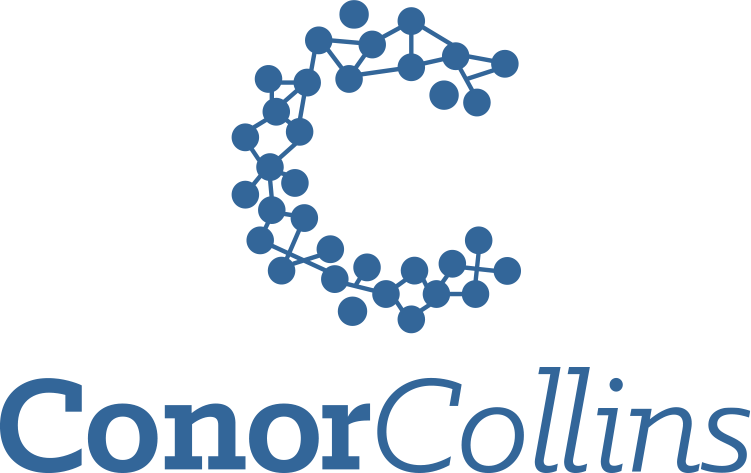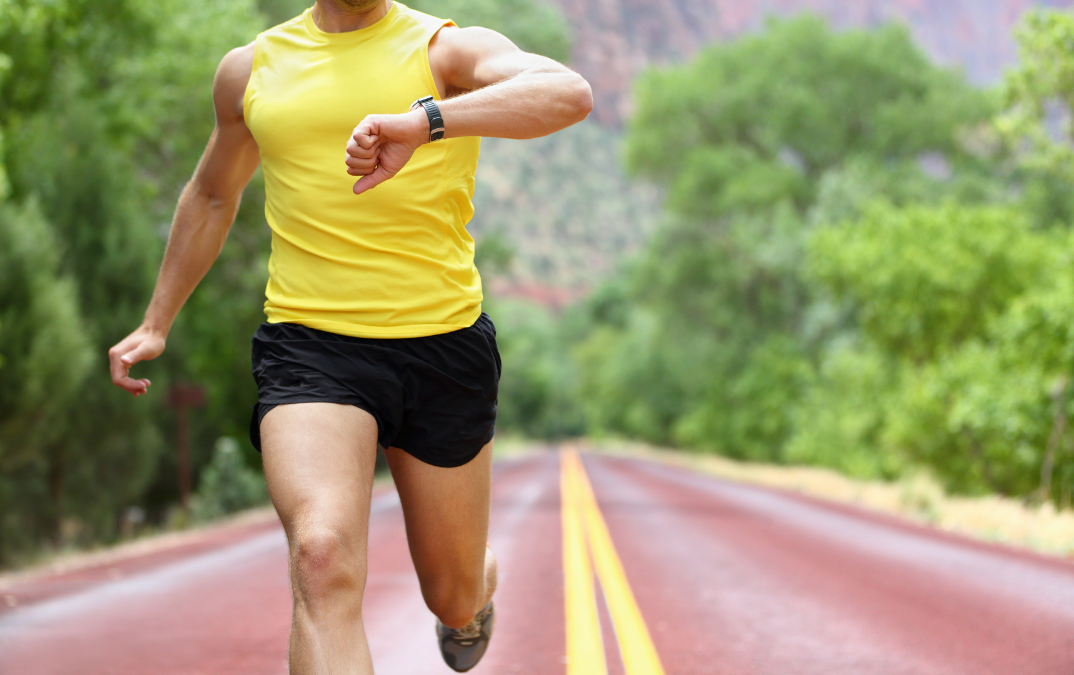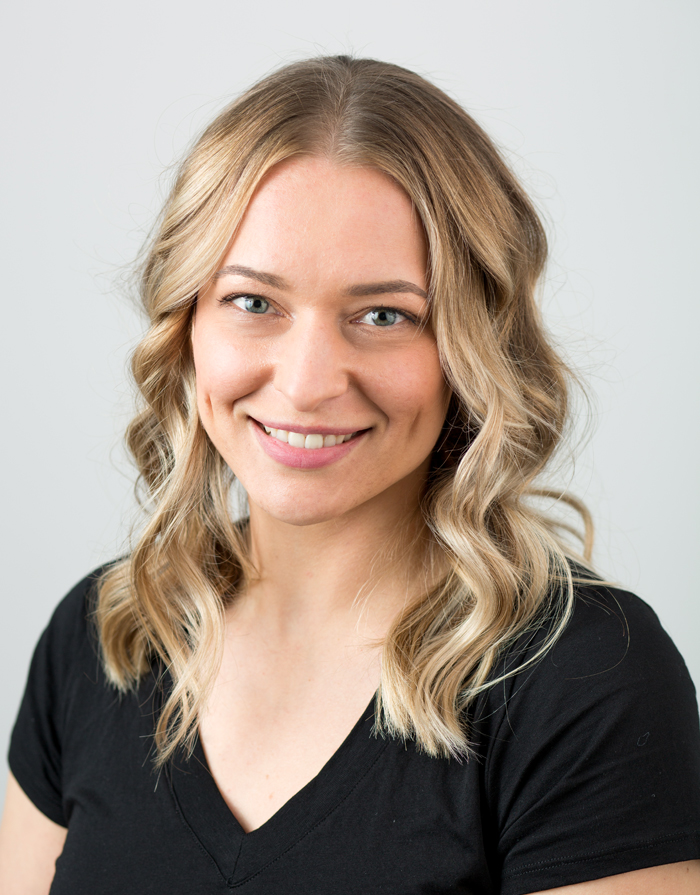Concussion symptoms can be challenging to navigate, especially if they’re persistent. When a person experiences prolonged symptoms, there is usually a negative impact on quality of life. People often find themselves limiting social contact, avoiding work tasks, and disengaging from their hobbies and interests, among other things. Luckily, there are evidence-based self-management strategies that can help. The strategies discussed here fall into 3 major categories: sleep, nutrition, and exercise.
Sleep
Sleep has a variety of functions within our brains and bodies; it is “essential for many vital functions including development, energy conservation, brain waste clearance, modulation of immune responses, cognition, performance, vigilance, disease, and psychological state” (Zielinski et al., 2017). Unfortunately, one of the most vulnerable groups to suffer sleep disturbance are individuals that have sustained a concussion. Research suggests that up 70% of people with concussion will report having compromised sleep (Mosti et al., 2016). Maintaining healthy sleeping habits is especially vital when recovering from a concussion, and this should be emphasized by therapists assisting with concussion rehabilitation.
A sleep hygiene practice is a great place to start, and is one of the best self-management strategies available in concussion rehabilitation. Like many other practices, it relies on consistency over intensity; making appropriate adjustments to sleep habits can have far-reaching benefits, even in the non-concussed population. Consider adjusting the following to benefit your sleep:
- Maintain a cool temperature in your bedroom, “ideally between 15 and 20 degrees Celsius” (Collins, 2021).
- Reduce screen time at night, and eliminate all electronics from your bedroom.
- Maintain a consistent night-time routine and go to bed around the same time every night.
Research has demonstrated a correlation between sleeping in a room where the ambient temperature and humidity levels are high, and the increased incidence of sleep disturbance and anxiety (Okamoto-Mizuno et al., 1999). Simply adjusting the temperature of our bedrooms can have a positive effect in the quality of our sleep. In addition, night time behaviours that stimulate awareness should be limited. Many people bring their electronics into the bedroom, which can negatively impact our natural circadian rhythms due to exposure to blue light.
The circadian rhythm is the natural sleep-wakefulness cycle. Blue light interacts with this cycle because exposure to blue light (through natural daytime light or through screens) suppresses the release of melatonin, which is a hormone that promotes drowsiness before rest (Killgore et al., 2020). When we consume blue light in the evening, it delays sleep by interfering with hormone secretion in the brain. Research has demonstrated improved rehabilitation outcomes from concussion when research participants controlled exposure to blue light; this research was summarized in a previous blog post accessible here.
Nutrition
Aside from maintaining energy levels throughout the day, the food you eat also has a direct impact on mood and immunity. Nutrition is relevant because it is common for people to experience mood disturbance and sensory sensitivity post-concussion (McCrory et al., 2012). The Enteric Nervous System (ENS), which represents the gut-brain connection, is considered “the second brain” in the body. This is because some of our “feel good” hormones, which are commonly thought as originating in the brain, actually originate in the gut. For example, up to 95% of our serotonin is made in the gut, and transmitted through the ENS (Carpenter, 2012). Further, the ENS has between 200 – 600 million neurones, which is 3 – 9 times the amount found in the brain and spinal cord (Furness et al., 2014).
Due to this interplay, it is highly recommended that nutrition and supplementation be incorporated into the rehabilitation and self-management plan for people suffering with concussion symptoms. Common pieces of advice include:
- Eating whole, nutrient-dense and unprocessed foods.
- Limiting consumption of sugar.
- Supplementing with Vitamin D, Magnesium, Zinc, and Omega fatty acids (Collins, 2021).
It is out of the scope of practice of a Registered Massage Therapist to provide nutritional advice; it is highly recommended that the therapist network with appropriate healthcare providers so that recommendations for nutrition and supplementation are made safely. Keeping a strong inter-practitioner referral network benefits both the therapist and the client through a collaborative care opportunity. The impact of self-management through diet is commonly understated in healthcare contexts, but should be considered a vital component of rehabilitation from concussion.
Exercise
Exercise intolerance is defined as “the inability to exercise to the level predicted for one’s age and fitness”, and is a common experience for people suffering from concussion (Leddy et al., 2019). Exercise intolerance happens because of a dysfunction in both the Autonomic Nervous System (ANS) and the cerebrovascular control of the brain post-concussion (Collins, 2021). One of the most pervasive myths in concussion is the notion that one has to rest in a dark room and limit sleep post-injury in order to recover, but research has debunked this myth. There is overwhelming evidence that controlled “sub-threshold aerobic exercise normalizes the cerebrovascular physiological dysfunction and is ‘medicine’ for patients with concussion and persistent post-concussive symptoms” (Leddy et al., 2019).
The Buffalo Concussion Treadmill Test (BCTT) is an evidence-based, graded aeorobic exercise test used by therapists to determine sub-symptom threshold through heart rate monitoring during exercise (Leddy et al., 2013). This approach helps the therapist determine a reliable zone of safety for cardiovascular exercise; having a heart rate target provides the concussed individual with a goal for their exercise-based rehabilitation. Because cardiovascular exercise post-concussion should be guided according to sub-symptom threshold, it is very important that the individual seek appropriate care from trained therapists that can administer the BCTT.
Because every concussion case presents with a myriad of possible triggers and symptoms, every case should be considered unique and the rehabilitation plan should reflect the specific needs of the individual. There are other considerations not listed here, such as vestibular rehabilitation and psychological supports that may also be vital to recovery. No two concussion recoveries will be the same and they should be assessed on a case-by-case basis.
References
Carpenter, S. (2012). That Gut Feeling. American Psychological Association. 13(8): 50. Accessed February 16, 2022.
Collins, Conor. (2021). Understanding the Complexity of Concussion: Assessment, Treatment, and Rehabilitation for Massage Therapists. Accessed February 16, 2022.
Furness, JB., et al. (2014). The enteric nervous system and gastrointestinal innervation: integrated local and central control. Adv Exp Med Biol. 817:39-71.
Killgore et al. (2020). A randomized, double-blind, placebo-controlled trial of blue wavelength light exposure on sleep and recovery of brain structure, function, and cognition following mild traumatic brain injury (2020), Neurobiology of Disease 134, 1-16. doi: 10.1016/j.nbd.2019.104679
Mosti et al. (2016). A practical guide for evaluating sleep disturbance in concussion patients (2016), Neurological Clinical Practice. April 6(2): 129-137. DOI: 10.1212/CPJ.0000000000000225
Okamoto-Mizuno, K., et al. (1999). Effects of Humid Heat Exposure on Human Sleep Stages and Body Temperature. Sleep. 22(6): 767-773.
Leddy, JJ., et al. (2019). Exercise is Medicine. Curr Sports Med Rep. 17(8): 262-270. doi: 10.1249/JSR.0000000000000505.
Leddy, JJ., Willer, B. (2013). Use of graded exercise testing in concussion and return-to-actvity management. Curr Sports Med Rep. 12:370-6. doi: 10.1249/jsr.0000000000000008.
McCrory, P., et al. (2012). Consensus statement on concussion in sport: the 4th gation of the role of SRC on subsequent international conference on concussion in sport held in Zurich, November, 2012. Br J Sports Med 2013;47:250–8.
Zielinski, M.R., et al. (2017). Functions and mechanisms of sleep. AIMS Neurosci. 3(1): 67–104. doi: 10.3934/Neuroscience.2016.1.67
About the Author
Ashley is a Massage Therapist from Moncton, New Brunswick with a special interest in managing concussions. Outside of clinical practice, she is a Lead Instructor in our “Understanding the Complexity of Concussion” courses as well as the Editor of this website’s blog. She is also an Instructor at the Atlantic College of Therapeutic Massage.
Ashley decided to pursue massage therapy as a second career in order to help others. With prior experience in the field of Archaeology at the Master’s level, Ashley is an integral part of course development, helping to improve and assess the quality of our course delivery.



Recent Comments